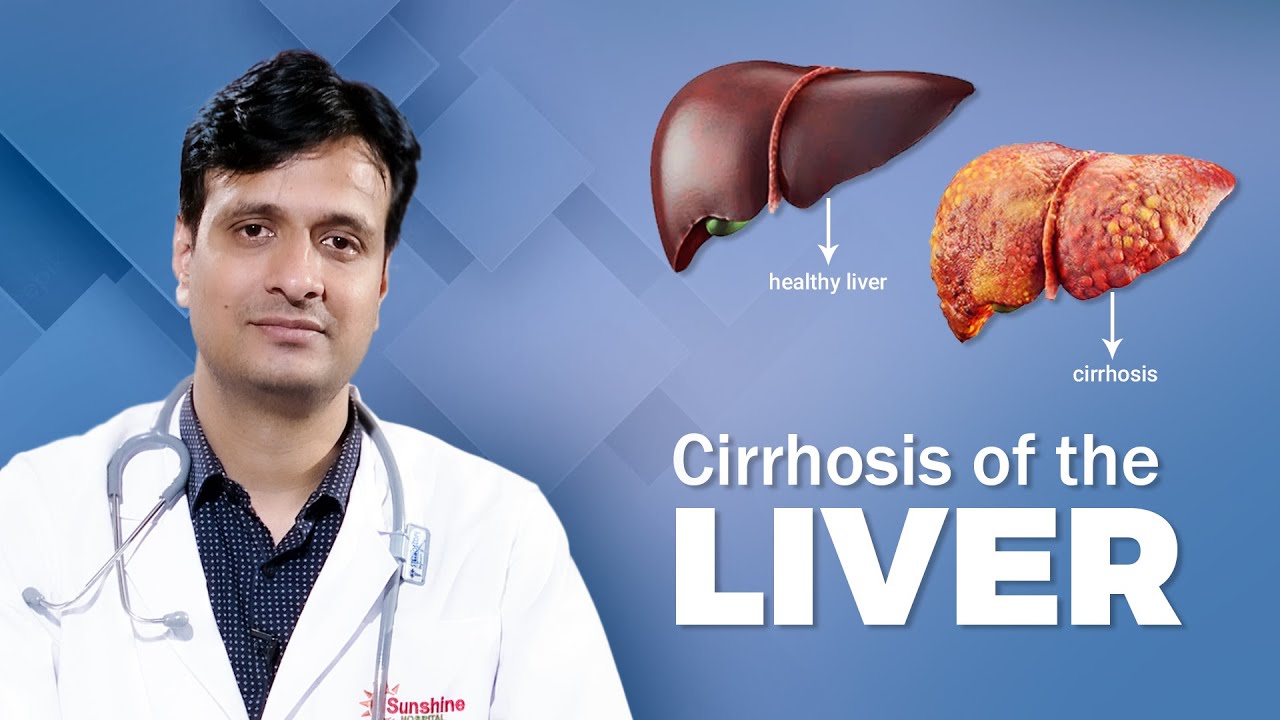Cirrhosis
It is a late stage of scarring (fibrosis) of the liver caused by many forms of liver diseases and conditions, such as hepatitis and chronic alcoholism. Each time your liver is injured — whether by disease, excessive alcohol consumption, or another cause — it tries to repair itself.
Common causes of cirrhosis
There are many different causes of liver cirrhosis. Two of the most common causes are chronic hepatitis infections and chronic alcohol misuse.
Alcohol
Hepatitis
Nonalcoholic steatohepatitis (NASH), a more severe form of NAFLD, causes liver damage and inflammation in addition to fat buildup. If NASH is not managed, it can lead to cirrhosis.
Other causes include:
Hepatitis D. Hepatitis D is often seen in people who already have hepatitis B.
Autoimmune hepatitis. Autoimmune hepatitis causes inflammation that can lead to cirrhosis.
Damage to the bile ducts. These ducts function to drain bile. One example of a condition is primary biliary cholangitis.
Disorders that affect the body’s ability to handle iron and copper. Two examples are hemochromatosis and Wilson’s disease.
Medication. This includes prescription and over-the-counter drugs like acetaminophen, some antibiotics, and some antidepressants.
Some of the noticeable symptoms of cirrhosis:
- fatigue
- unintentional weight loss
- mild pain on the upper right side of your abdomen
- nausea
- vomiting
- enlarged or swollen veins
More serious symptoms include:
- yellow discoloration of your skin and eyes
- confusion and difficulty thinking clearly
- bruising or bleeding easily
- very itchy skin
- urine that looks darker than usual
- abdominal swelling


